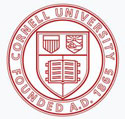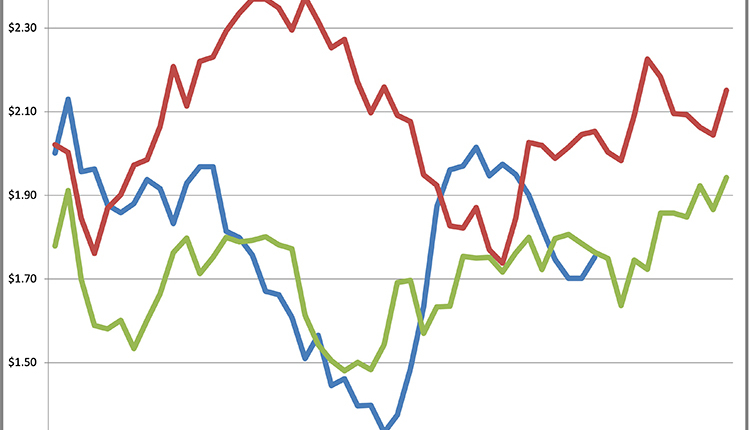The information below has been supplied by dairy marketers and other industry organizations. It has not been edited, verified or endorsed by Hoard’s Dairyman.

New climate-controlled animal respiration stalls, or chambers, at Cornell University will allow researchers to definitively measure, verify and monitor methane and other gas emissions from cows. These are the only chambers currently operating in the U.S. and will support a slate of investigations aimed at improving the sustainability and productivity of farms around the world.
The chambers are similar to large barn stalls that house cows but are fully contained as a single unit with climate control to support the health and welfare of the animal.
Four Cornell University Animal Respiration Chambers supported by Cargill, Genesee Valley Regional Market Authority, and Balchem Corporation were unveiled at a ribbon-cutting event on April 18. The New York State Department of Agriculture and Markets also helped fund the chambers.
The opening marks an important step toward developing solutions for reducing methane – a potent greenhouse gas – emitted from cows. Roughly 40% of all global anthropogenic methane emissions come from livestock agriculture, mostly from cow burps.
“The respiration chambers are considered to be the gold standard to monitor methane emissions from cows,” said Joseph McFadden, associate professor of dairy cattle biology. “There are a lot of untested methane mitigation and monitoring technologies out there. But the only way you can provide absolute quantification of gas emissions is by using a respiration chamber system.”
The animal respiration chambers are climate-controlled and monitor oxygen consumption and methane, CO2 and hydrogen emissions in real time, taking measurements every 2 to 10 minutes. Measurements of gas exchange are key to understanding overall energy use – or energetics – in cows. By balancing the energy equation with more precise measurements, researchers can then consider how effectively different diets and feed additives may optimize meat and milk production and animal health and minimize greenhouse gas emissions and nutrient waste.
The chambers will also be used to improve Cornell’s nutritional modeling software, called the Cornell Net Carbohydrate and Protein System (CNCPS). The model is used to formulate diets for approximately 70% of lactating cows in North America and has been adopted in over 40 countries.
McFadden and colleagues are investigating whether seaweed or its active ingredient, bromoform, could safely limit emissions. In 2020, an Australian research group found that adding a native seaweed to a cow’s diet decreased methane emissions by 80%. While promising, more work is needed to understand where that energy is redirected in the cow, which can then affect modeling of nutrient use, McFadden said.
Julio Giordano, associate professor of animal science, has been developing ways for farmers to automate or semi-automate management tasks. A big piece of his research has been to advance wearable sensors on cows that directly measure biometrics.
“One of the uses of the chambers will be to validate measurements from sensors that are currently under development,” he said.
Developing individual sensors will be important for greenhouse gas accounting on farms as carbon credit markets emerge, where measuring enteric emissions of methane will be key.





